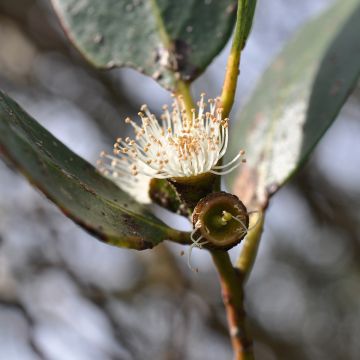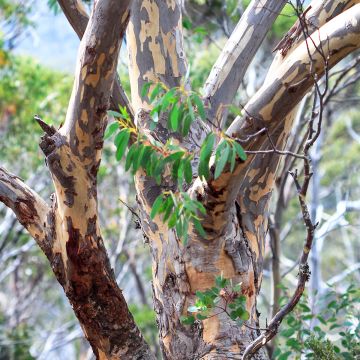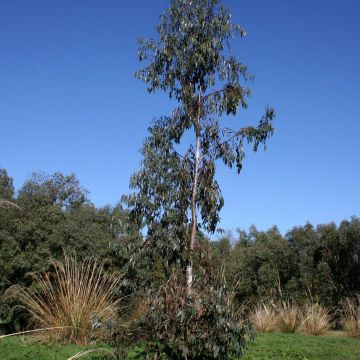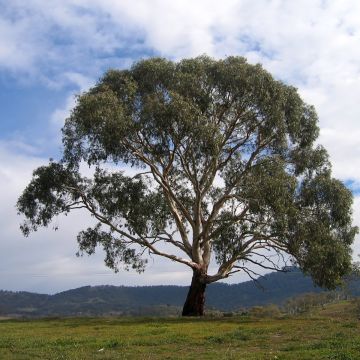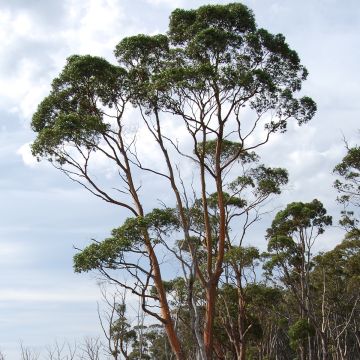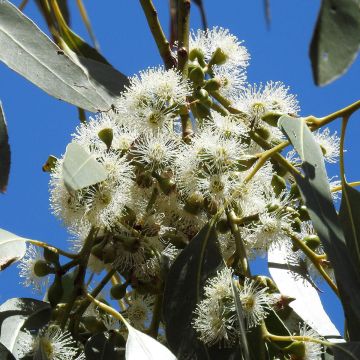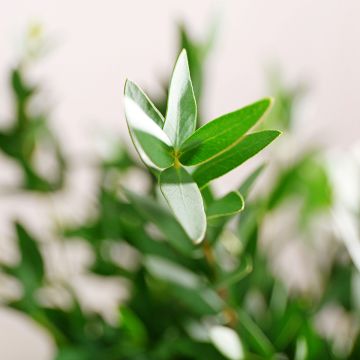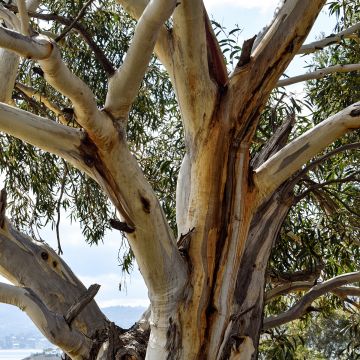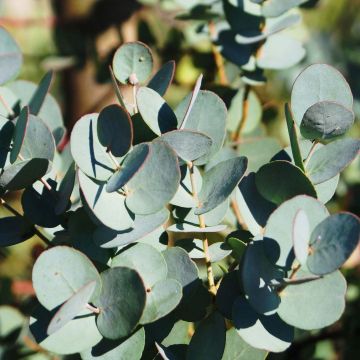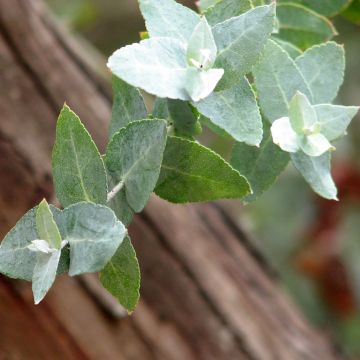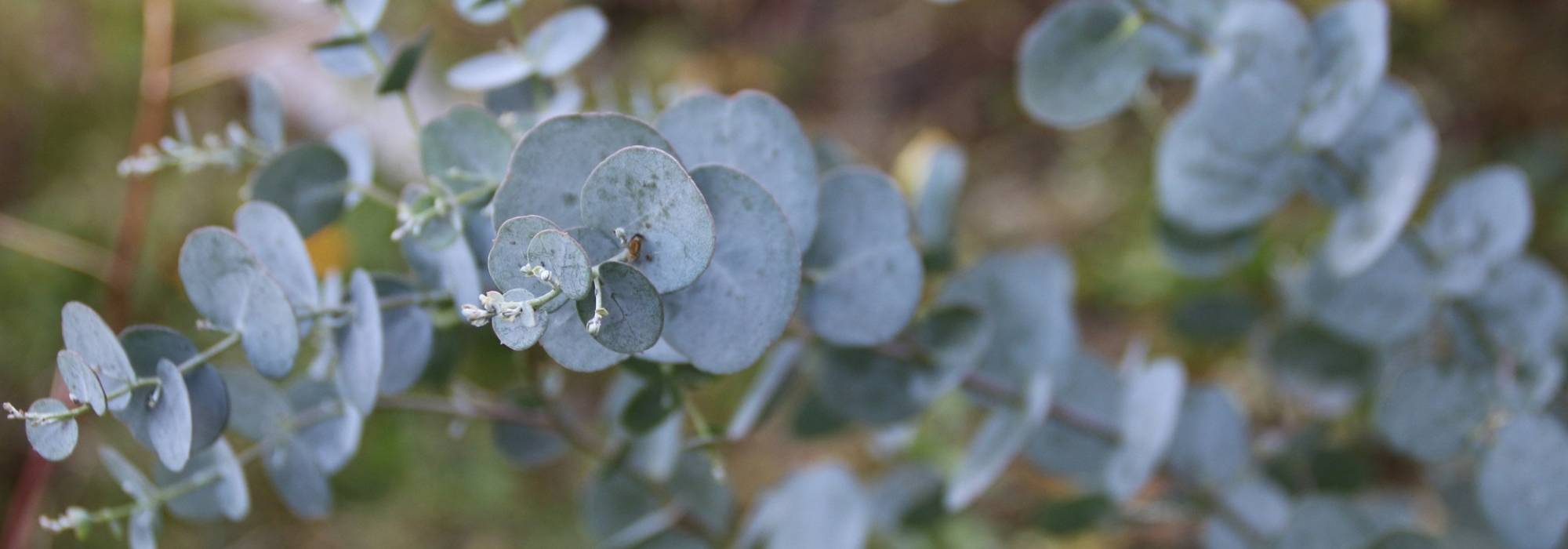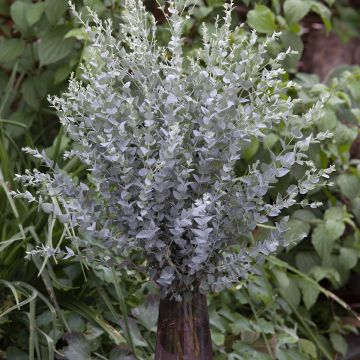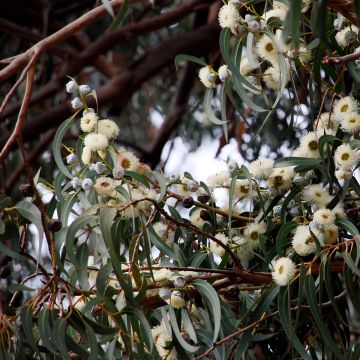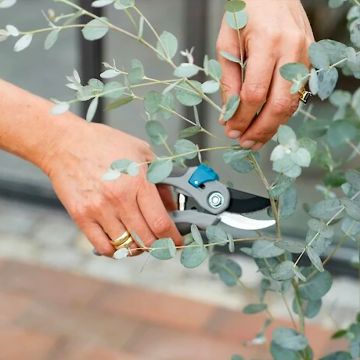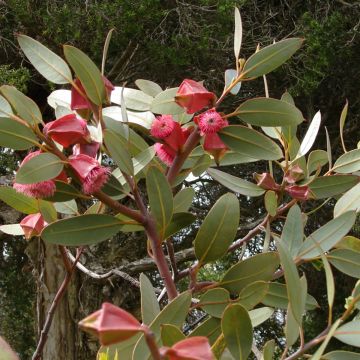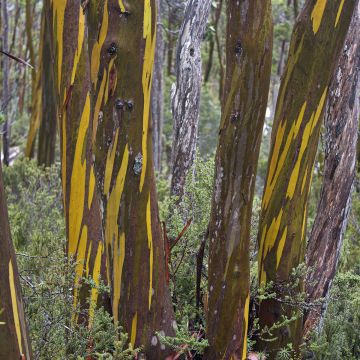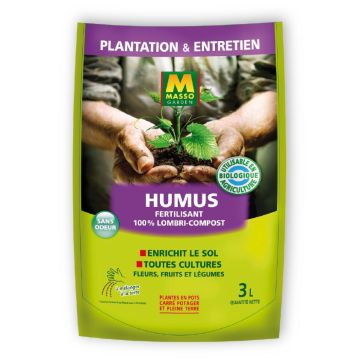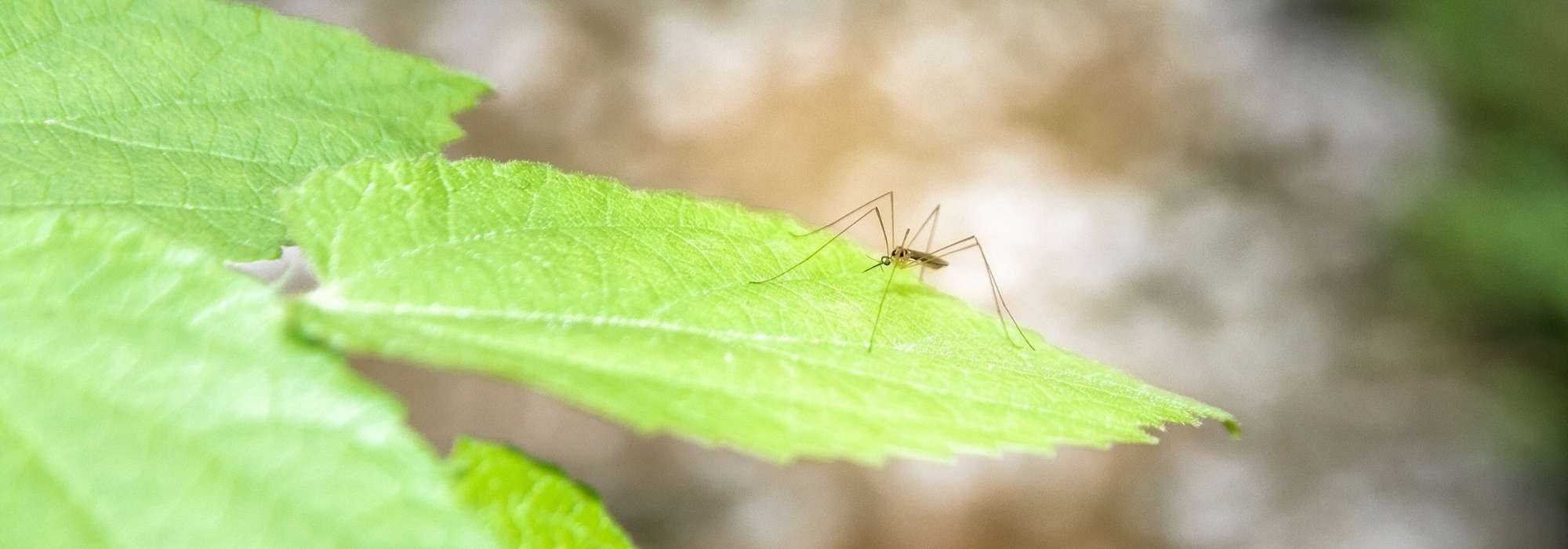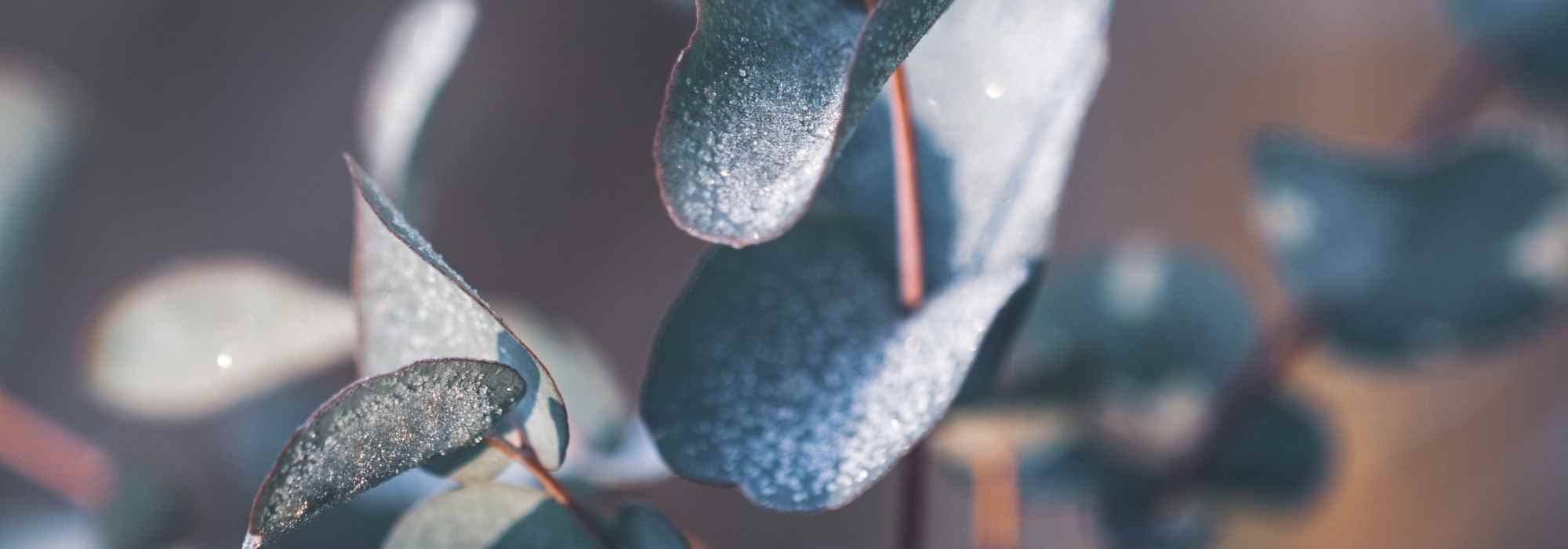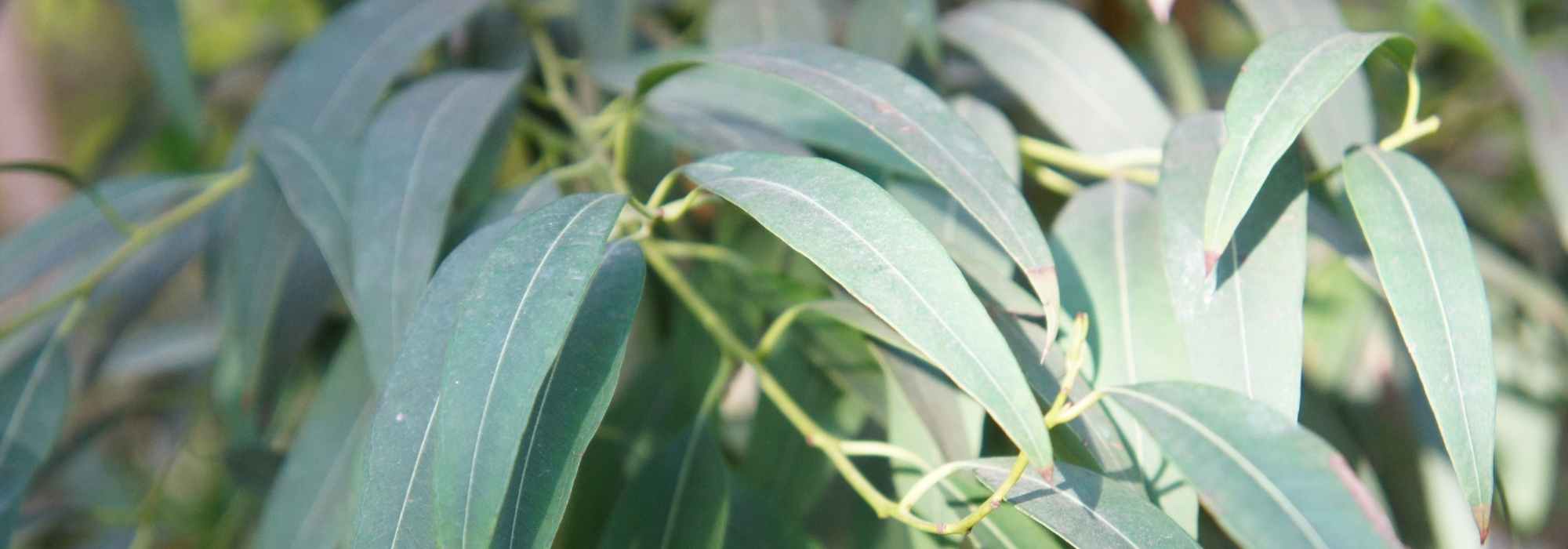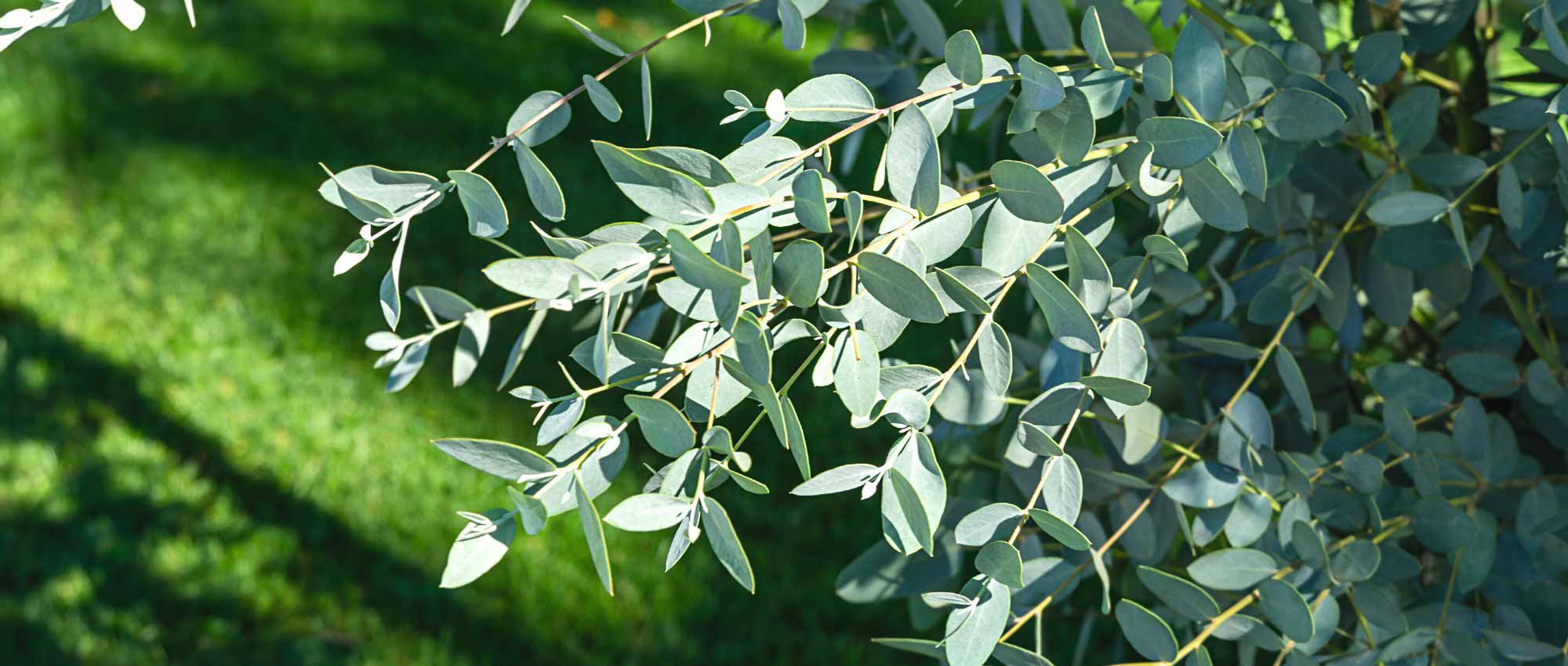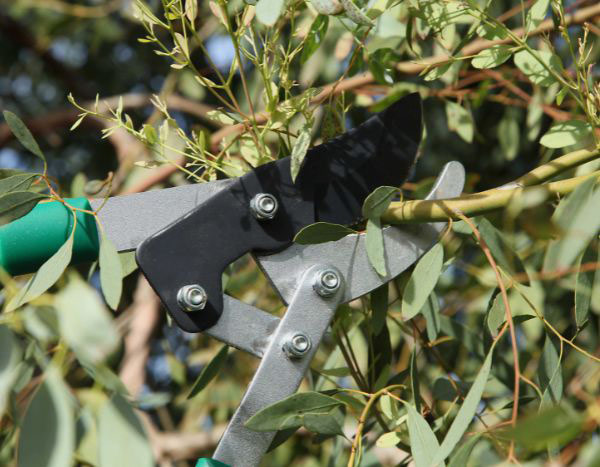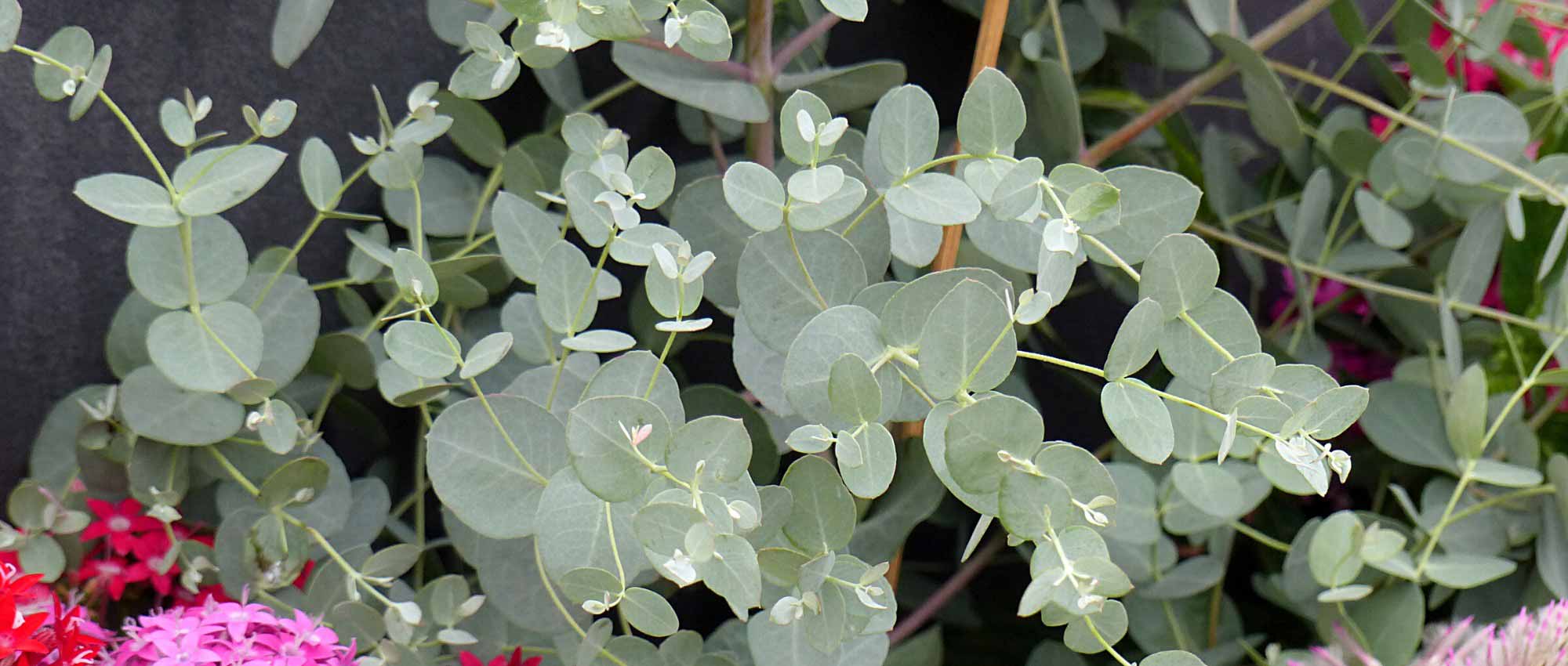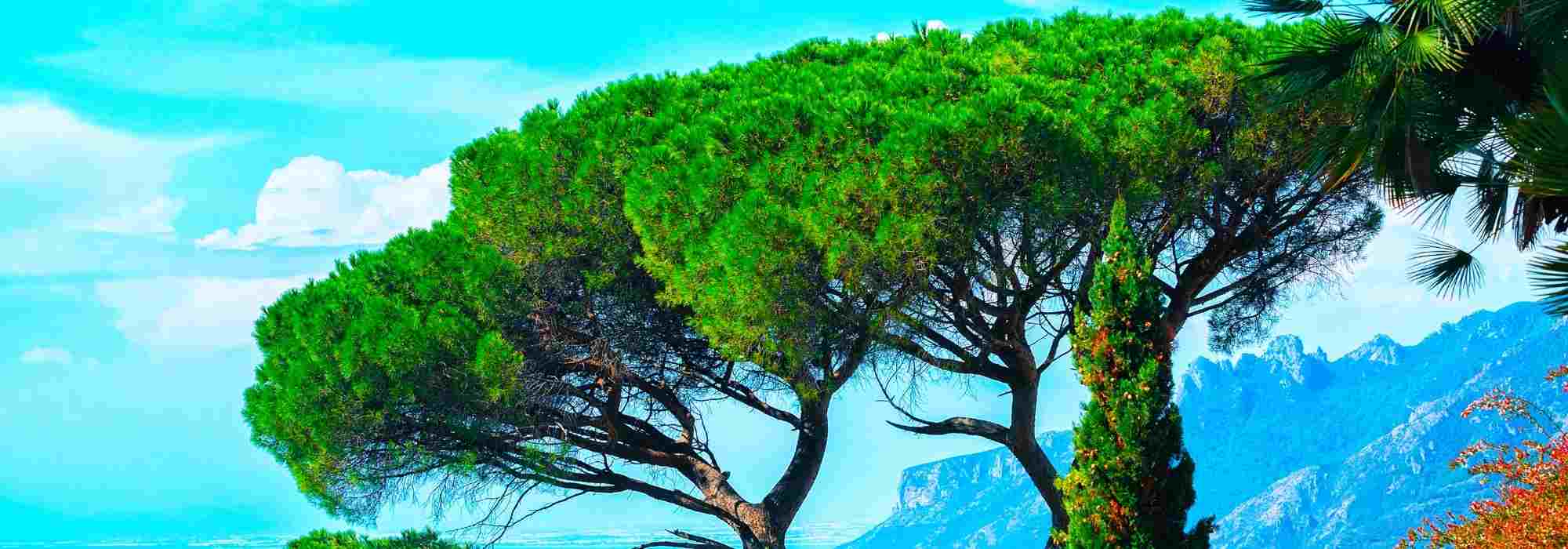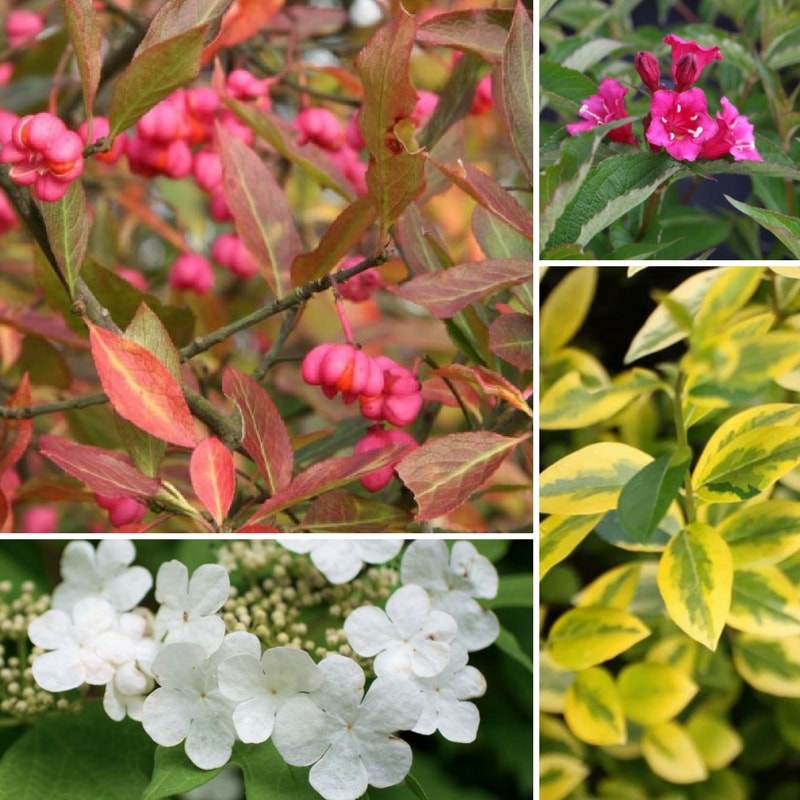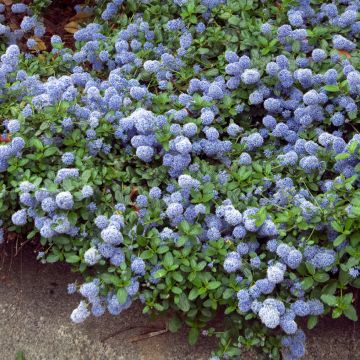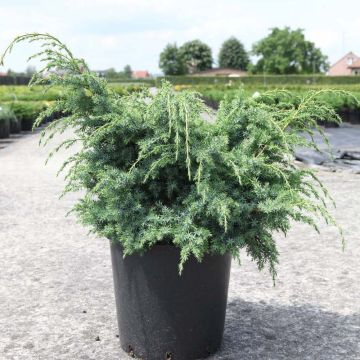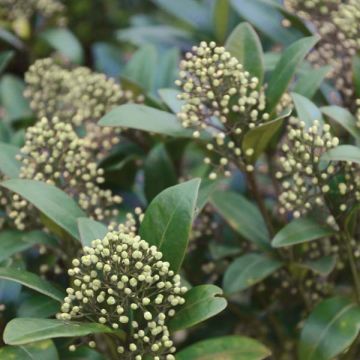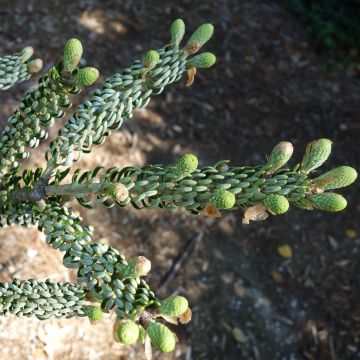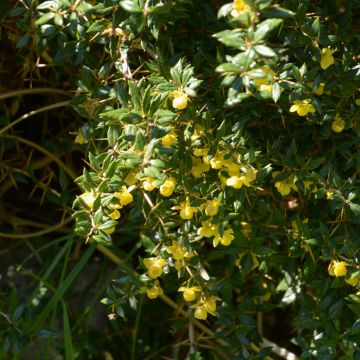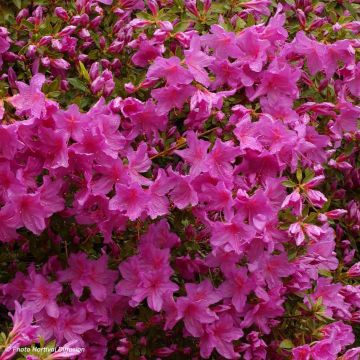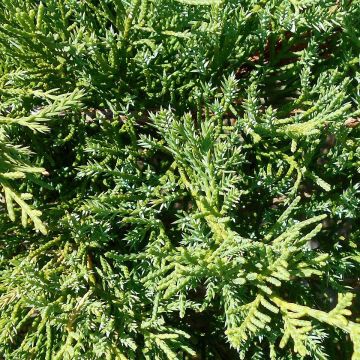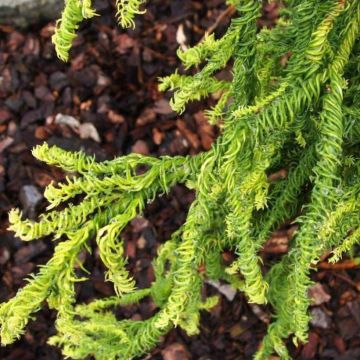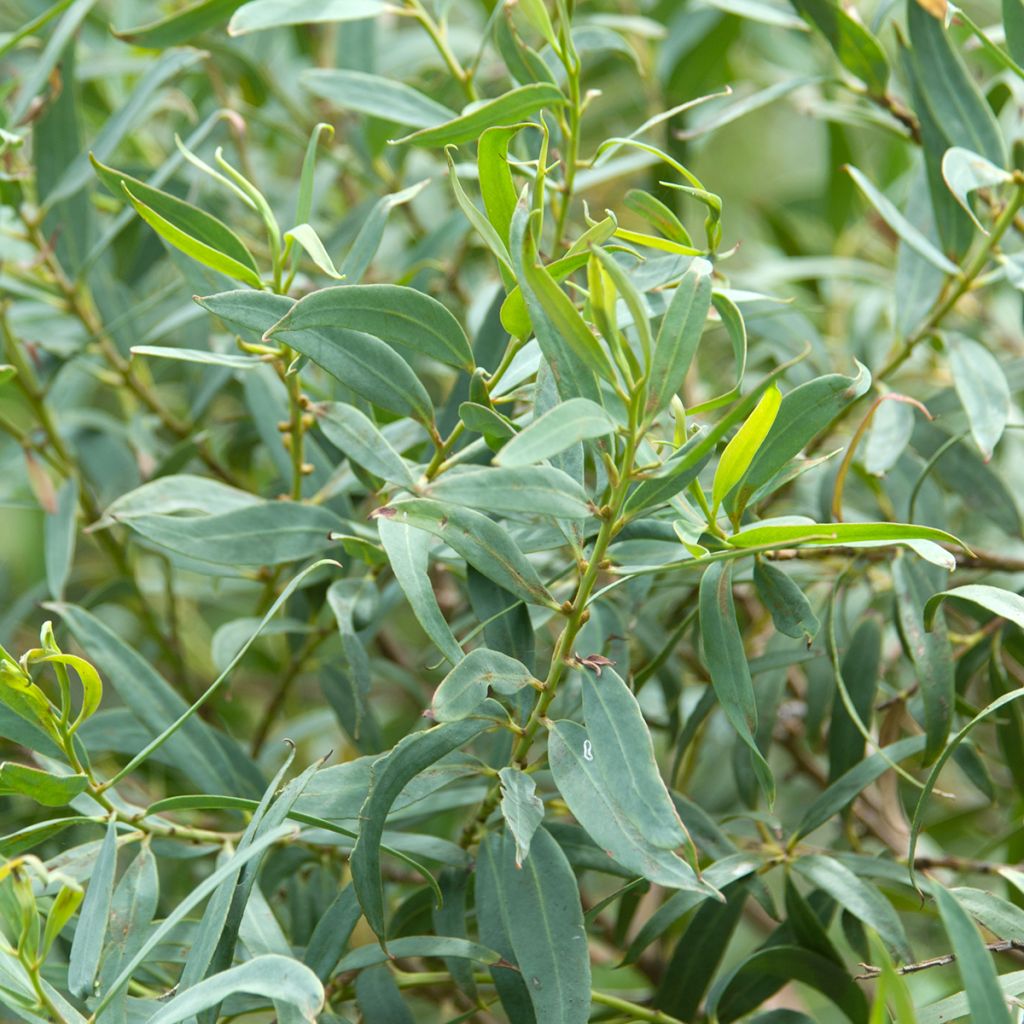

Eucalyptus deuaensis
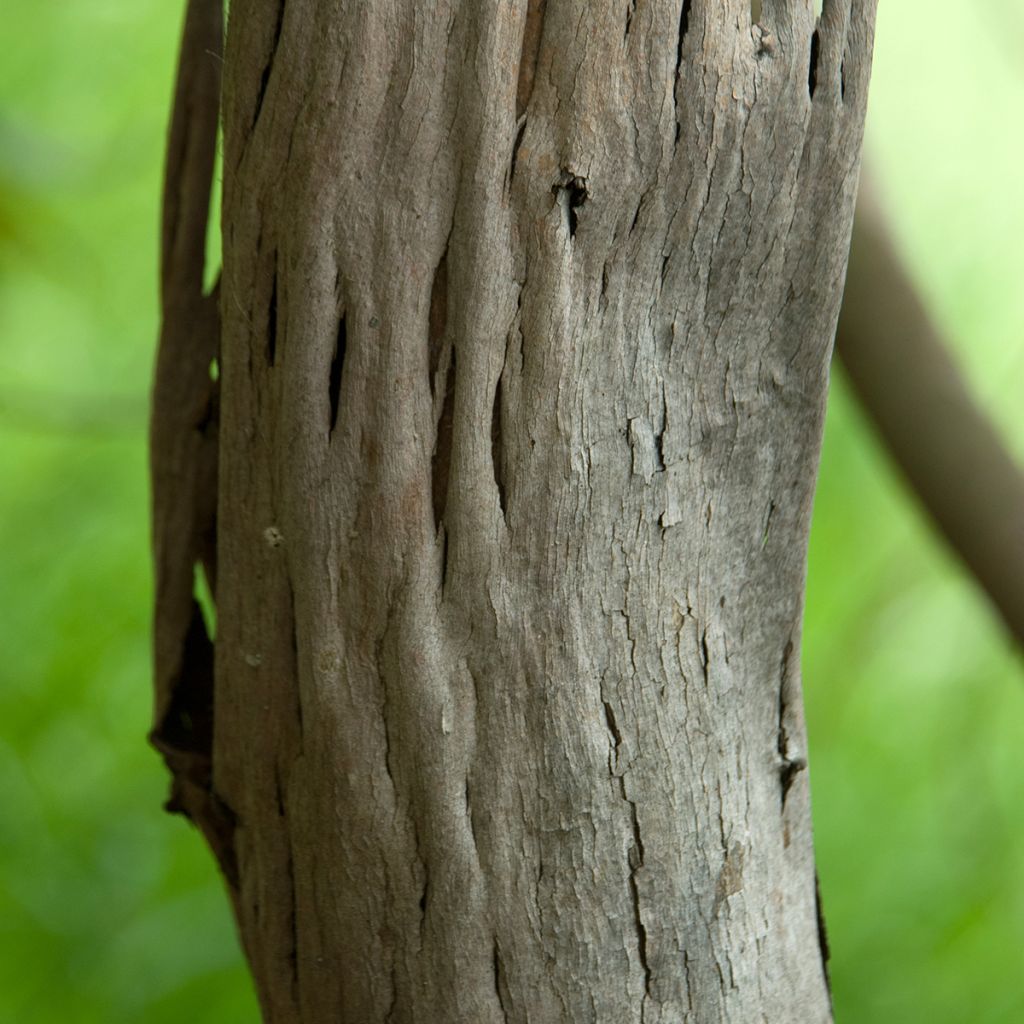

Eucalyptus deuaensis
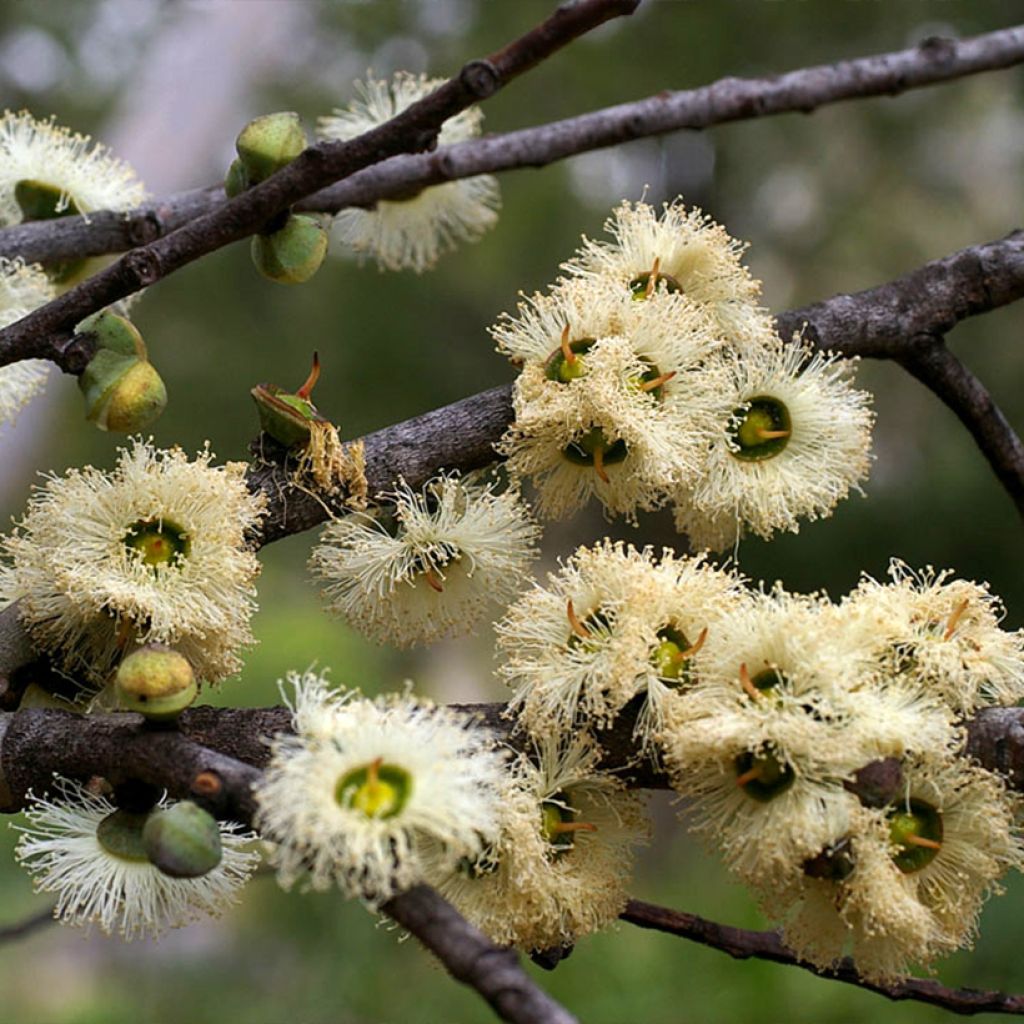

Eucalyptus deuaensis
Eucalyptus deuaensis
Eucalyptus deuaensis
Special offer!
Receive a €20 voucher for any order over €90 (excluding delivery costs, credit notes, and plastic-free options)!
1- Add your favorite plants to your cart.
2- Once you have reached €90, confirm your order (you can even choose the delivery date!).
3- As soon as your order is shipped, you will receive an email containing your voucher code, valid for 3 months (90 days).
Your voucher is unique and can only be used once, for any order with a minimum value of €20, excluding delivery costs.
Can be combined with other current offers, non-divisible and non-refundable.
Why not try an alternative variety in stock?
View all →This plant carries a 24 months recovery warranty
More information
We guarantee the quality of our plants for a full growing cycle, and will replace at our expense any plant that fails to recover under normal climatic and planting conditions.
Does this plant fit my garden?
Set up your Plantfit profile →
Description
Eucalyptus deuaensis is a species well adapted to the Mediterranean garden. Of small size it develops on several branches starting from the base, thus forming a tuft with a picturesque habit, accentuating with age. Its sparse vegetation leaves the architecture of these coloured branches well visible. The lanceolate, evergreen leaves of a pretty bluish-green, give charm to this bush all year round. This eucalyptus tolerates pruning well, and adapts well in a small garden, in a rather dry atmosphere and well-drained soil, in full sun.
Eucalyptus deuaensis is a rare endemic species, originating from a single stand, close to Mount Mongamulla (601 m (1971 ft 10 in) altitude) in the Deua National Park in the south-east of New South Wales, about 30 km (18.6 mi) east of the coastal town of Moruya. In these mountainous regions, this bush develops on cliffs in extremely sparse and poor soil. Belonging to the Myrtaceae family, in Australia, it is more commonly called Mongamulla mallee or Mallee of Mongamulla, in reference to the nearby Mount.
This eucalyptus is named "mallee" in Australia, because of its stature formed by several branches starting from the soil, reaching a height of less than 10 metres (32 feet 10 inches). With quite slow growth, it forms a bush of 3 to 4 m (9 ft 10 in to 13 ft 1 in) in height and spread. It rises on several branches starting from a stump called lignotuber* located just below the soil surface. When young, it features rough, silver-grey shoots, carrying juvenile foliage, composed of petiolate-less, ovate to lanceolate, pointed, 4 to 7 cm (1.6 to 2.8 in) long and 1.5 to 2.5 cm (0.6 to 1 in) wide, blue-green leaves. Then as it develops, the leaves, with a petiole of about 1 cm (0.4 in), take a lanceolate to crescent shape, pointed at the end, 7 to 10 cm (2.8 to 3.9 in) long and 1 to 2 cm (0.4 to 0.8 in) wide, of a pretty bluish green. The leaves are tough and slightly aromatic, releasing a menthol scent when crushed, rich in eucalyptol. As it ages, the smooth bark of the branches evolves by taking grey, white, pink or yellow hues. Flowering occurs in summer on plants a few years old. The inflorescence, arranged in the axil of the leaves, is composed of seven diamond-shaped floral buds, gathered in a tight bouquet, which bloom into small white flowers, delicately scented and very attractive to bees. After flowering, the fruits, called "gumnut", appear in the form of a woody, globular, truncate capsule, stuck to the branch. Of a beautiful silver-grey colour, they remain attached to the stem for a long time.
This eucalyptus has a *lignotuber, consisting of a swelling rich in starch that forms on the roots just below the soil surface. This organ allows it to restart from the stump in case of severe frost, fire or severe pruning. The plant also produces numerous shoots from dormant buds located under its bark, which allows it to respond well to coppicing, topping or more severe pruning.
The Mallee of Mongamulla finds a place in a rockery, a stony slope, a mountainous area or a wild space. It tolerates pruning well, even coppicing, in order to highlight its architectural habit, it generally grows as a bushy tuft to give volume to the vegetation and amplify the flowering. Used to rocky soil, this plant withstands summer drought quite well, with little irrigation, in well-draining, even poor, soil. It tolerates hot and dry summers, wind and sea spray well. It is an ideal plant in a Mediterranean garden in association with Strawberry trees (Arbutus unedo), Callistemon (Bottlebrush), Pomegranates (Punica granatum), Olives (Olea europaea), Mimosas, Pistacia lentiscus …
Eucalyptus deuaensis in pictures


Plant habit
Flowering
Foliage
Botanical data
Eucalyptus
deuaensis
Myrtaceae
Australia
Other Eucalyptus
View all →Planting and care
Eucalyptus deuaensis is best planted at the beginning of spring in cold regions, and at the start of autumn in dry and hot climates, in well-prepared soil, not too dry to moist, and a very sunny location. Clayey or silty soils, even limestone, are well tolerated. A well-established subject is hardy down to -10 °C under these conditions. Young plants are more sensitive to severe frosts, especially if the frost sets in for several days and the soil is moist. In most regions, plant it in open ground, ensuring good drainage by adding coarse sand, pozzolana or non-limestone gravel.
For the first two years, regular watering is necessary, the bush can do without watering in summer once well established. Fertiliser is not recommended. Pruning is not necessary, just let the unique habit of this superb eucalyptus express itself. However, it is well tolerated after flowering. The eucalyptus can be perfectly shaped on several stems starting from the stump to form a large bush whose height you can limit.
Eucalyptus are useful for drying out wet lands, as they are large consumers of water even in winter. However, they become quite resistant to drought once well established (depending on the species and varieties) and do rather well in a Mediterranean-type climate.
Young plants take root most easily in open ground. The root system of the Eucalyptus does not like to be disturbed and it tends to form a "bun" if the plant stays too long in its pot. Choose its location carefully.
This mountain species is interesting for its adaptability to rocky soils, but it dislikes heatwaves and too wet soils.
Planting period
Intended location
Care
Planting & care advice
This item has not been reviewed yet - be the first to leave a review about it.
Similar products
Haven't found what you were looking for?
Hardiness is the lowest winter temperature a plant can endure without suffering serious damage or even dying. However, hardiness is affected by location (a sheltered area, such as a patio), protection (winter cover) and soil type (hardiness is improved by well-drained soil).

Photo Sharing Terms & Conditions
In order to encourage gardeners to interact and share their experiences, Promesse de fleurs offers various media enabling content to be uploaded onto its Site - in particular via the ‘Photo sharing’ module.
The User agrees to refrain from:
- Posting any content that is illegal, prejudicial, insulting, racist, inciteful to hatred, revisionist, contrary to public decency, that infringes on privacy or on the privacy rights of third parties, in particular the publicity rights of persons and goods, intellectual property rights, or the right to privacy.
- Submitting content on behalf of a third party;
- Impersonate the identity of a third party and/or publish any personal information about a third party;
In general, the User undertakes to refrain from any unethical behaviour.
All Content (in particular text, comments, files, images, photos, videos, creative works, etc.), which may be subject to property or intellectual property rights, image or other private rights, shall remain the property of the User, subject to the limited rights granted by the terms of the licence granted by Promesse de fleurs as stated below. Users are at liberty to publish or not to publish such Content on the Site, notably via the ‘Photo Sharing’ facility, and accept that this Content shall be made public and freely accessible, notably on the Internet.
Users further acknowledge, undertake to have ,and guarantee that they hold all necessary rights and permissions to publish such material on the Site, in particular with regard to the legislation in force pertaining to any privacy, property, intellectual property, image, or contractual rights, or rights of any other nature. By publishing such Content on the Site, Users acknowledge accepting full liability as publishers of the Content within the meaning of the law, and grant Promesse de fleurs, free of charge, an inclusive, worldwide licence for the said Content for the entire duration of its publication, including all reproduction, representation, up/downloading, displaying, performing, transmission, and storage rights.
Users also grant permission for their name to be linked to the Content and accept that this link may not always be made available.
By engaging in posting material, Users consent to their Content becoming automatically accessible on the Internet, in particular on other sites and/or blogs and/or web pages of the Promesse de fleurs site, including in particular social pages and the Promesse de fleurs catalogue.
Users may secure the removal of entrusted content free of charge by issuing a simple request via our contact form.
The flowering period indicated on our website applies to countries and regions located in USDA zone 8 (France, the United Kingdom, Ireland, the Netherlands, etc.)
It will vary according to where you live:
- In zones 9 to 10 (Italy, Spain, Greece, etc.), flowering will occur about 2 to 4 weeks earlier.
- In zones 6 to 7 (Germany, Poland, Slovenia, and lower mountainous regions), flowering will be delayed by 2 to 3 weeks.
- In zone 5 (Central Europe, Scandinavia), blooming will be delayed by 3 to 5 weeks.
In temperate climates, pruning of spring-flowering shrubs (forsythia, spireas, etc.) should be done just after flowering.
Pruning of summer-flowering shrubs (Indian Lilac, Perovskia, etc.) can be done in winter or spring.
In cold regions as well as with frost-sensitive plants, avoid pruning too early when severe frosts may still occur.
The planting period indicated on our website applies to countries and regions located in USDA zone 8 (France, United Kingdom, Ireland, Netherlands).
It will vary according to where you live:
- In Mediterranean zones (Marseille, Madrid, Milan, etc.), autumn and winter are the best planting periods.
- In continental zones (Strasbourg, Munich, Vienna, etc.), delay planting by 2 to 3 weeks in spring and bring it forward by 2 to 4 weeks in autumn.
- In mountainous regions (the Alps, Pyrenees, Carpathians, etc.), it is best to plant in late spring (May-June) or late summer (August-September).
The harvesting period indicated on our website applies to countries and regions in USDA zone 8 (France, England, Ireland, the Netherlands).
In colder areas (Scandinavia, Poland, Austria...) fruit and vegetable harvests are likely to be delayed by 3-4 weeks.
In warmer areas (Italy, Spain, Greece, etc.), harvesting will probably take place earlier, depending on weather conditions.
The sowing periods indicated on our website apply to countries and regions within USDA Zone 8 (France, UK, Ireland, Netherlands).
In colder areas (Scandinavia, Poland, Austria...), delay any outdoor sowing by 3-4 weeks, or sow under glass.
In warmer climes (Italy, Spain, Greece, etc.), bring outdoor sowing forward by a few weeks.






























